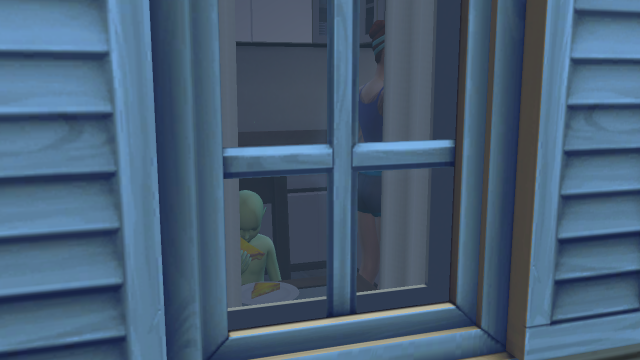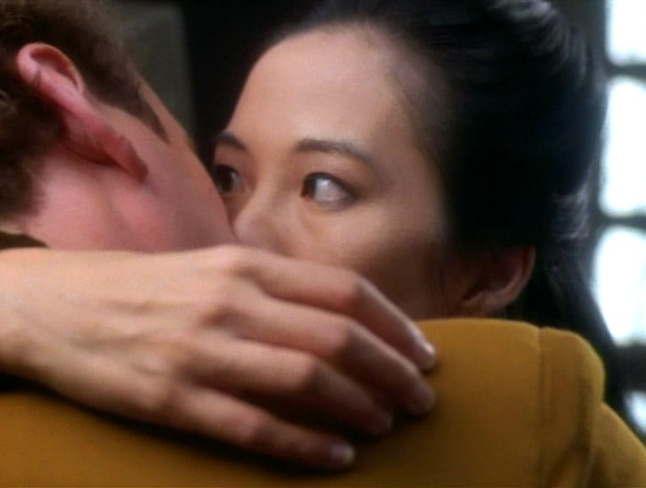In June 1856 the British naturalist Alfred Russel Wallace crossed the narrow strait between the islands of Bali and Lombok. During the few days when he stayed on the north coast of Bali he saw birds highly characteristic of Asian ornithology of which he was already familiar and would expect to see the same birds as soon as he crossed the Lombok Strait. After a turbulent crossing and being dumped on the shores of Lombok he never saw the same birds again. He found a totally different set of species, most of which were entirely unknown not only in Java, but also in Borneo where he had spent the last two years.
Among the commonest birds he found in Lombok were white cockatoos and honeyeaters which are characteristic of Australia and are entirely absent from the western region of the archipelago.
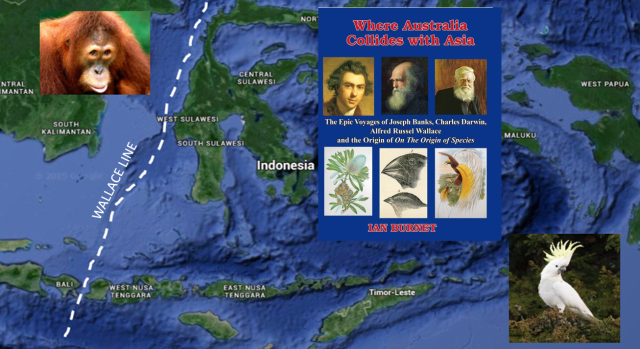
Wallace wrote in his book The Malay Archipelago:
The great contrast between the two divisions of the Archipelago is nowhere so abruptly exhibited as on passing from the island of Bali to that of Lombok, where the two regions are in closest proximity … The strait is here fifteen miles wide, so that we may pass in two hours from one great division of the earth to another, differing as essentially in their animal life as Europe does from America.
The Lombok Strait represents part of the biogeographical boundary between the fauna of Asia and those of Australasia which was subsequently named the Wallace Line. On the Asian side of the Wallace Line are the Asian elephant, the rare Javanese rhinoceros, Sumatran tigers and Borneo leopards, all kinds of monkeys, the orang-utans of Sumatra and Borneo, and numerous birds that are specific to Asia. On the Australasian side are the marsupials such as the possum-like cuscus and the tree kangaroos, as well as birds specific to Australasia such as white cockatoos, honeyeaters, brush turkeys and the spectacular Birds of Paradise. By his observations Alfred Russel Wallace had made a major contribution to a new science, the science of biogeography, or of the relationship between zoology and geography.

That larrikan of the Australian bush, the yellow crested white cockatoo, made his presence felt all across Wallacea which is the name given to that part of the eastern archipelago which has Australian species.
Here he has pushed himself into an Indonesian market scene, which a Dutch artist has used to display the many varieties of tropical fruits found in Indonesia.
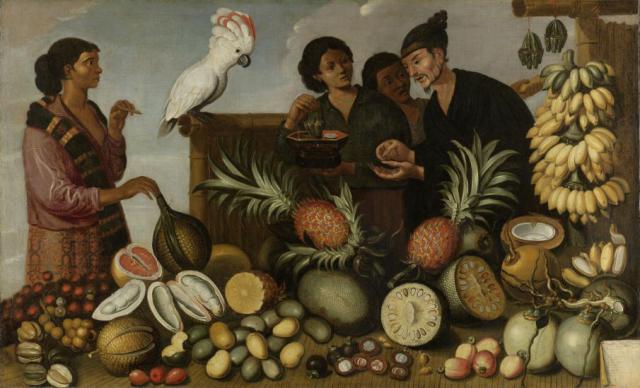
He also hitched a ride on a EastIndiaman to travel to Holland where he has pushed himself into a ladies boudoir in this allegorical scene by Jan Brueghel. Of course he will soon spoil this scene of happy domesticity by screeching the only sound he knows.

The Sense of Hearing by Jan Brueghel
Read more about the voyages of Alfred Russel Wallace, the Wallace Line and Wallacea in this recently published book entitled ‘Where Australia Collides with Asia.
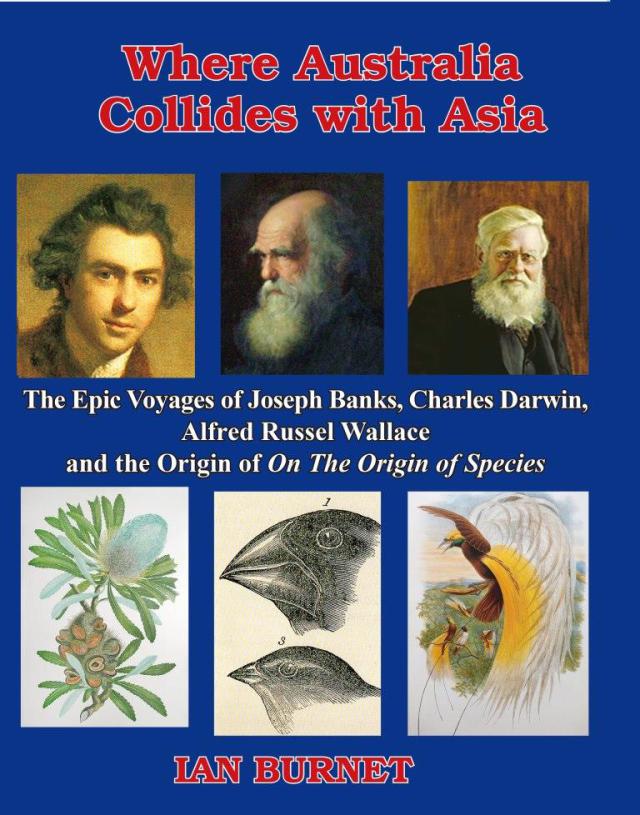
http://www.ianburnetbooks.com
Advertisements Share this:- More


